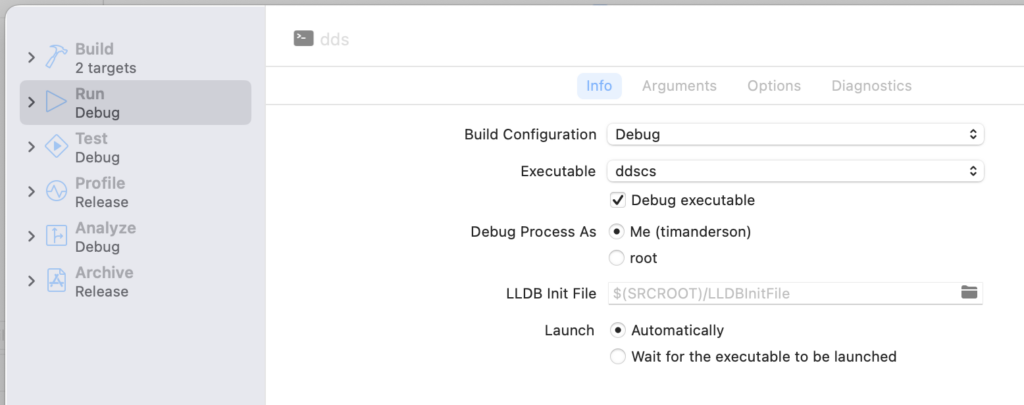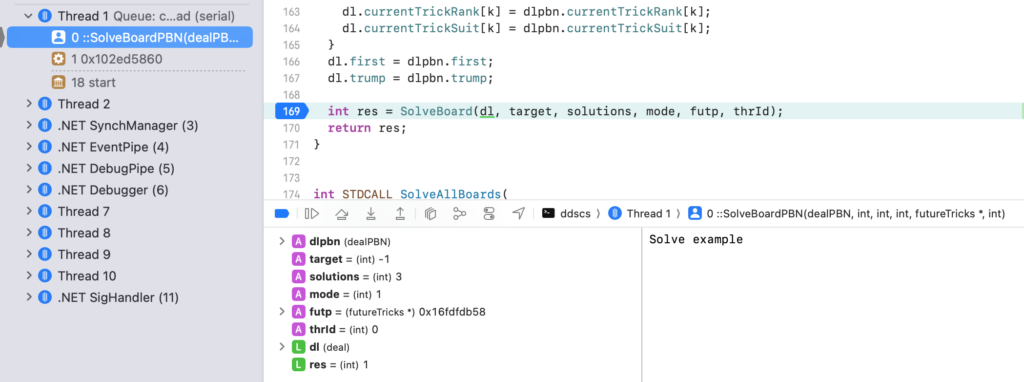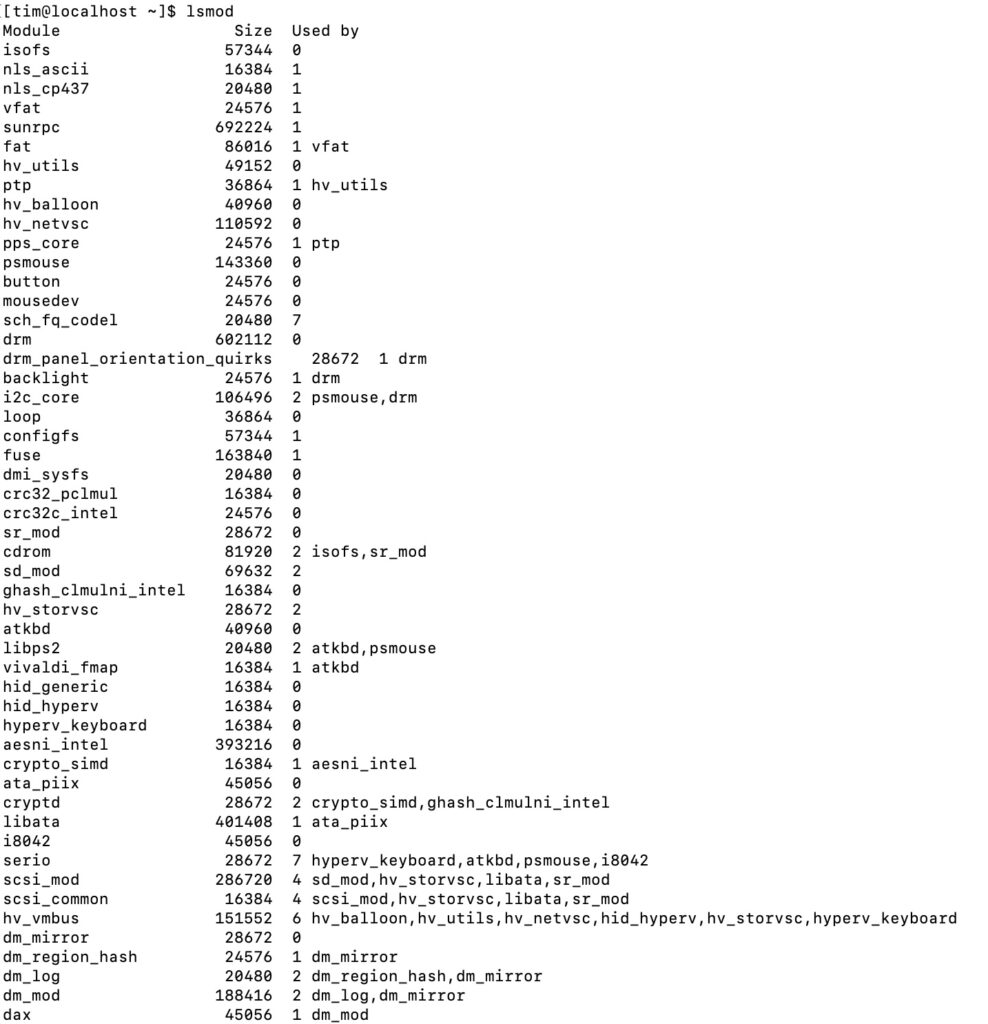I have a bridge platform (yes the game) written in C# which I am gradually improving. Like many bridge applications it makes use of the open source double dummy solver (DDS) by Bo Haglund and Soren Hein.
My own project started out on Windows and is deployed to Linux (on Azure) but I now develop it mostly on a Mac with Visual Studio Code. The DDS library is cross-platform and I have compiled it for Windows, Linux and Mac – I had some issues with a dependency, described here, which taught me a lot about the Linux app service on Azure, among other things.
Unfortunately though the library has never worked with C# on the Mac – until today that is. I could compile it successfully with Xcode, it worked with its own test application dtest, but not from C#. This weekend I decided to investigate and see if I could fix it.
I have an Xcode project which includes both dtest and the DDS library, which is configured as a dynamic library. What I wanted to do was to debug the C++ code from my .NET application. For this purpose I did not use the ASP.Net bridge platform but a simple command line wrapper for DDS which I wrote some time back as a utility. It uses the same .NET wrapper DLL for DDS as the bridge platform. The problem I had was that when the application called a function from the DDS native library, it printed: Memory::GetPtr 0 vs. 0 and then quit.

I am not all that familiar with Xcode and do not often code in C++ so debugging this was a bit of an adventure. In Xcode, I went to Product – Scheme – Edit Scheme, checked Debug executable under Info, and then selected the .NET application which is called ddscs.

I also had to add an argument under Arguments passed on Launch, so that my application would exercise the library.
Then I could go to Product – Run and success, I could step through the C++ code called by my .NET application. I could see that the marshalling was working fine.

Now I could see where my error message came from:

So how to fix it? The problem was that DDS sets how much memory it allows itself to use and it was set to zero. I looked at the dtest application and noticed this line of code:
SetResources(options.memoryMB, options.numThreads);This is closely related to another DDS function called SetMaxThreads. I looked at the docs for DDS and found this remark:
The number of threads is automatically configured by DDS on Windows, taking into account the number of processor cores and available memory. The number of threads can be influenced using by calling SetMaxThreads. This function should probably always be called on Linux/Mac, with a zero argument for auto configuration.
“Probably” huh! So I added this to my C# wrapper, using something I have not used before, a static constructor. It just called SetMaxThreads(0) via P/Invoke.
Everything started working. Like so many programming issues, simple when one has figured out the problem!


